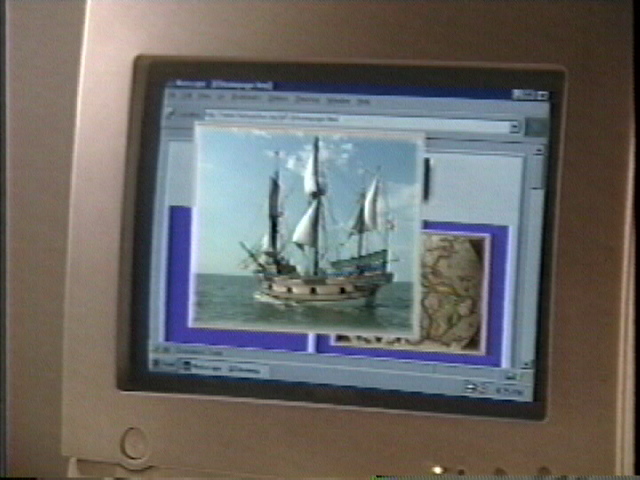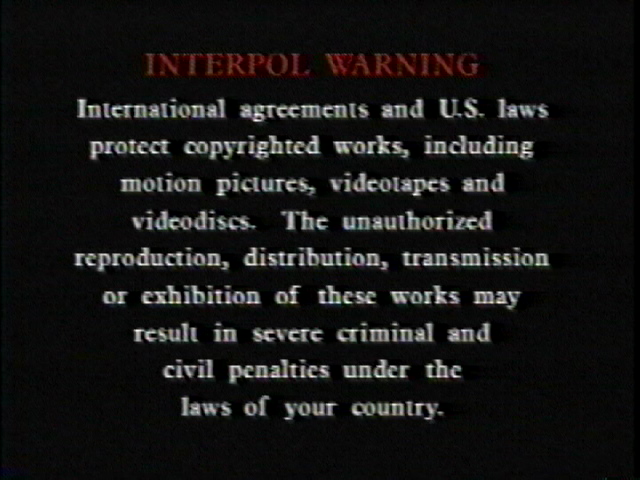
· This lesson should be used as the final lesson of a Unit on Colonial, Pre-revolutionary War Life. This lesson will be a summary activity in which students bring together their thoughts on Colonial life. This lesson would provide closure for the Literature Circles Unit that integrates Social Studies with the historical fiction genre of Literature.
Focus & Review: Students will have completed Literature Circle Units. They will each have read a specific Historical Fiction book(s) based on the time period surrounding the Revolutionary War (1700s). Students should be asked to focus on what they have learned about Colonial life, during this time period, from reading their Literature Circle book(s). To focus on and review the main themes from their books, students will be asked to complete the K (what they already know about Colonial life after reading their literature circle books) and W (what they want to learn from further researching the time period) portions of a KWL chart on Colonial Life in the 1700s. The students should share with the class what they record under the W part of their KWL charts (the teacher should record these additional questions somewhere that is visible to the entire class). <this portion of the lesson should last about 15 minutes>
Statement of Objectives: This activity helps to meet Language
Arts and Social Studies Objectives of the Fifth Grade NCSCS. Students also
gain practice in utilizing media, developing their computer skills. The
SCS objectives being targeted by this lesson are as follows:
Language Arts: 3.06- Conduct research (with assistance) from
a variety of sources for assigned or self-selected projects (e.g. print
and non-print texts, artifacts, people, libraries, databases, computer
networks).
Social Studies: 1.1- Identify, locate, and describe major groups
of people, past and present, in the United States, Canada, and Latin America.
11.1- Identify and describe changes which have occurred in ways
of living in the United States, Canada, and Latin America.
Skill I- The learner will acquire information from a variety of sources.
Teacher Input: The teacher will have two stations set up for
students to participate in, to further research information on 1700s Colonial
Lifestyles. The teacher should break students into two groups (as
close to equal as possible). The teacher should bring up additional important
components of Colonial life, (that were not mentioned by students), to
research at the stations. (What types of jobs Colonial people held?, How
Colonials got along with one another?, What children did during this time
period?, The types of food and clothing of the time?, What types of transportation
people used during this time?, and similarities and differences between
the lifestyles of the 1700s and present day) One station should be
set up as a “video viewing station”, allowing students to visualize and
hear about Colonial life. Examples and descriptions of the types
of videos to share with students at this station are listed below. The
second station should be set up as a “web-site station” where students
are each allowed to navigate a web-site which explores various characteristics
of 1700s Colonial lifestyles (students should take turns navigating the
web-site as their classmates observe). A couple of examples and descriptions
of web-sites to use at this station are listed below. The teacher
should move between these two stations, ensuring that students remain on
task and to facilitate their understanding and exploration of the two research
stations. An assistant teacher or parent volunteer would be helpful
in assisting with one of the stations, while the teacher manned the other.
<the teacher instructions should last about 5 minutes, but his/her
interaction with students should last throughout the lesson>
Guided Practice: The students will travel with their groups to
the two stations to “research” Colonial Lifestyles of the 1700s.
Each student should be asked to focus on the ideas brought up as the class
discussed the W portions of their KWL charts. Students should be
made aware of the assignment they will be asked to complete after researching
Colonial life at the two stations. This assignment will be for each
student to complete the L part of their KWL charts (what they have learned
since further researching Colonial Life). They should do this in
the form of a poster, drawing, or other creative way of their choice.
Students will view the videos and navigate the computer web-site at the
two research stations in the classroom.
<students should be at each station for approximately 20 minutes>
Independent Practice: Each student will individually complete
the L part of their KWL charts, to show what they learned about Colonial
life in the 1700s, after viewing the video and exploring the web-site.
Students will have access to various supplies throughout the classroom
to complete this part of their KWL charts (poster board, glue, markers,
paper, scissors, etc.)
<this portion of the lesson should last about 15 minutes>
Closure: Each student should be given the opportunity to share their “creative L s” (the L portions of their KWL charts). The teacher should then summarize what the students have found through further researching the topic of Colonial Life in the 1700s. The teacher should address any additional questions students have on the topic at this time. The class KWL charts should then be posted somewhere in the room where they can be referred, to during relevant future Social Studies activities.
Assessment: The teacher should informally assess students
as they participate in the two station activities, to ensure that they
are comprehending their findings on Colonial Life. The teacher should
also evaluate students’ “L representations” of what they have learned about
this topic. The teacher should ask students questions as they research,
such as: What types of things have you found to explain the lifestyle
of Colonials of this time? their clothing? the foods they ate? how they
got from one place to another? what types of jobs they had? how they worked
with one another to survive? How does the Colonial lifestyle of people
living in the colonies during the 1700s differ from the way we live today?
Resources:
Literature Circle Books:
*(On grade level- fifth grade) Night Journeys by Avi
*(Below grade level- fourth grade) The Journal of William Thomas
Emerson by Barry
Denenberg
*(Below grade level- third grade) 1. Revolutionary War on Wednesday
by Mary Pope
Osborne 2. A Lion to Guard Us by Clyde R. Bulla
*(Below grade level- second grade) 1. Buttons For General
Washington by Peter and
Connie Roop, 2. The Boston Coffee Party by Doreen
Rappaport,
3. The 18 Penny Goose by Sally Walker, 4. Sam The Minute Man
by Nathaniel
Benchley, 5. George The Drummer Boy by Nathaniel Benchley
Videos for Station 1:
· “Jamestown”- a young boy walks through time with a “resident”
of the early
colony of Jamestown. The video introduces the boy to the ways of life
for early settlers of this colony. This video focuses mainly on very early
settlement, before the 1700s, but can be used to touch on facts about life
once the colony was more established.
· “St. Augustine”- a young girl travels through the historic city of St. Augustine, Florida. She is introduced to the ways of life of both the Spanish people who settled there in the 1740s and the French people who lived in the city during that time. This video gives a good representation of a slightly different way of life during the Revolutionary War time.
· “Children of the Colonial Frontier”- this video is narrated
by a young girl, whose
family (the O’Conners) have recently moved to a family farm from a
colony of other families. This video does a good job of expressing the
struggles of the lifestyle a Colonial family would have had. This video
is older and not as visually stimulating as the others, but provides worthwhile
information for students.
Websites for Station 2:
· http://library.thinkquest.org/J002611F/introduction.htm- interactive web-site allowing, created by students to help other students learn about life during Colonial times. This site includes information on topics such as: fashion, transportation, homes, Indian neighbors, etc. of the Colonial families of the 1700s.
· http://www.ga.k12.pa.us/academics/LS/4/sstudies/Colonial/4K/4k98/4kdch.htm- web-site created by a fourth grader whose class collected information on various colonies of early Colonial America and represented important people, events, etc. on stamps. This particular site shows the stamp representation of the colony of Pennsylvania (the setting of the on grade level lit. circle boo
*Here is a clip from the Video Jamestown. This image is at the beginning of the video where the navigator takes the viewer through a computer screen and back in time.

*Here is the screen that informs students of copywright laws of the video.
